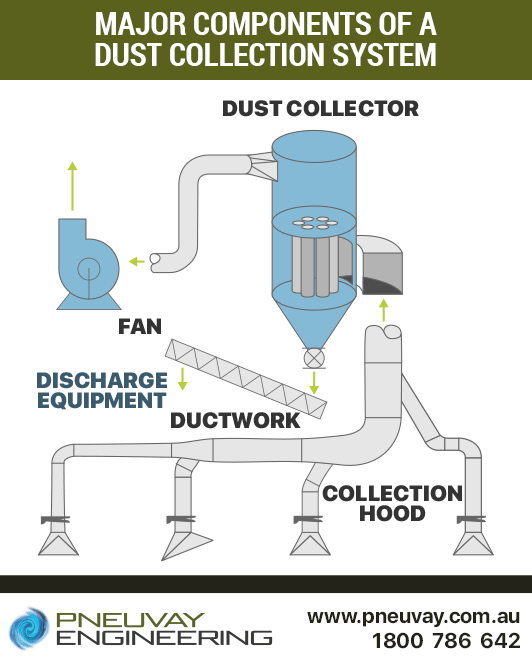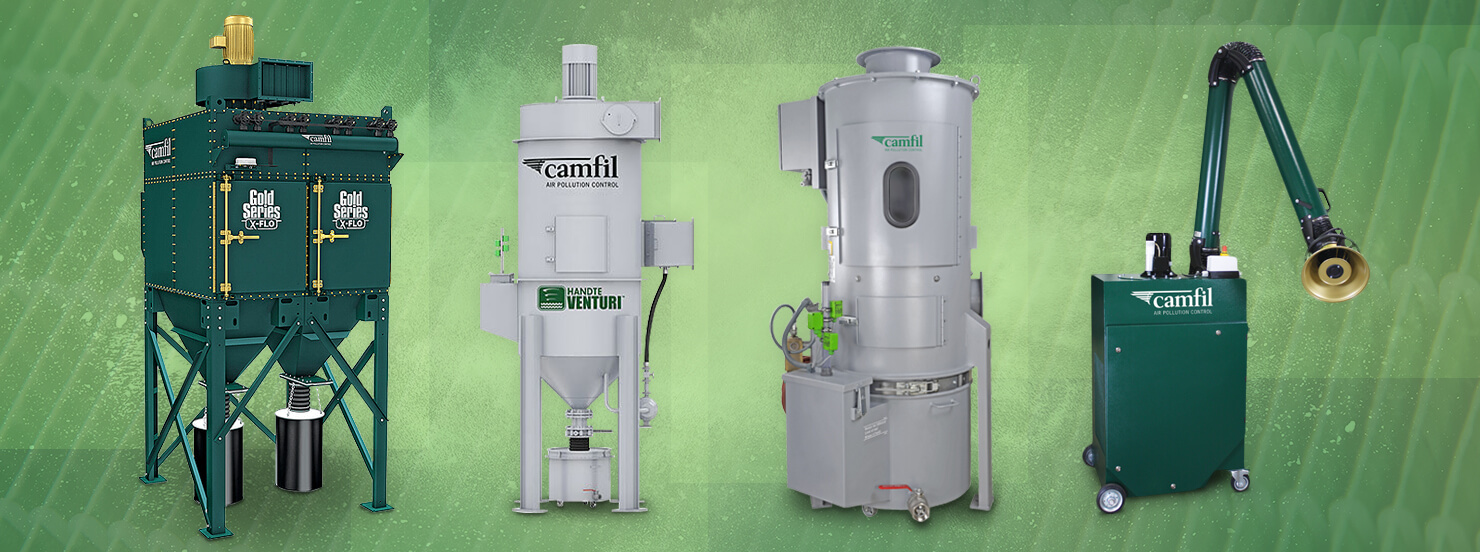Fascination About Dust Extractors For Small Workshops
Table of ContentsTop Guidelines Of Dust Extractors For Small WorkshopsThe Single Strategy To Use For Dust Extractors For Small Workshops3 Simple Techniques For Dust Extractors For Small WorkshopsAll about Dust Extractors For Small Workshops
The challenges for shop dust collection systems revolve around crystalline silica dust, carbon monoxide, and warmth, which are poisonous mixes. These variables make conference air top quality criteria challenging and also requiring. Consequently, when selecting a dust control system for a shop, the initial factor to consider is the ability of the system to hold up against extreme as well as hazardous workplace problems.
Finishing, or thermal spray, uses heated product to steels to coat their surface areas. Dirt collection systems for this type of procedure need to be particularly developed to fit the type of coating being used. The function of the system is to control and also lessen overspray as well as dust. The normal thermal spray dust control system makes use of ducts to move air to the collection tool. dust extractors for small workshops.
It would certainly seem most likely to boost airflow and also motion, this type of remedy may be ineffective and also waste power. The layout of the booth depends on the pressure of the air getting in the cell or booth. For a lot of systems, it is necessary to have a small vacuum cleaner in the booth to prevent feasible favorable pressure.
All about Dust Extractors For Small Workshops
An additional approach is merely positioning the make-up air link on the top of the cubicle. No matter the design, it is necessary for the cleansing of the air to have cross ventilation. A lot like a cleanroom, air movement in a thermal spray cubicle can be either straight or downward, though the down style is best for dust collection systems.
The pharmaceutical market is a highly controlled market with considerable and accurate laws. Dirt from drugs is generated mostly during the production as well as product packaging of items. Each action of generating a medicine, which includes granulating, drying, blending, pushing, coating, as well as grinding, produces large quantities of dust that need to be removed.
Obstructing as well as regulating this circulation is the function of the dirt control system. When creating a dust control system for a pharmaceutical plant, the initial consideration is mapping the ventilation system to track the course of dust, fumes, existing air movement patterns, and feasible transformative adjustments. Because lots of pharmaceutical dusts are flammable, the style of the ventilation system is very important.
HEPA filters are typically located in pharmaceutical dust control systems given that they are the most reliable and reliable. Similar to a foundry system, they are mounted as a secondary security to achieve absolutely no emissions. Reusing produces a lot of dirt as a visit this web-site natural result of diminishing products to their resources.
An Unbiased View of Dust Extractors For Small Workshops
Dust originates after materials are shredded, crushed, or have paint or lacquer eliminated. All reusing centers are needed to stick to air high quality requirements. As they function to satisfy high quality requirements and also control pollutants, they have actually identified that dirt control is a major problem, bring about the large usage of dust collection systems to reduce and also include the trouble. dust extractors for small workshops.
When suppliers choose a dust control system, they are advised by producers about the sort of system that would best fit their needs since acquiring as well as mounting a dust control system is a major financial investment. Particulate issue is available in a wide range of types, from silicon dirt to timber chips and sawdust.


Dust Extractors For Small Workshops Can Be Fun For Anyone
Fabric filter bags in a cartridge system are the most efficient technique for accumulating dirt. Dirt collection systems are covered to include the dirt and also clean the air.
Plastic Dirt High-Density Polyethylene (HDPE) dirt is created in the manufacturing of plastic panels when they are shaped and formed on an edge leaner, mill, or miter saw. Paper Dust Among the extra usual kinds of dust is paper dust, Home Page the negative effects of the manufacturing of numerous sorts of paper.
With the intro of dust collection systems, workers are more secure as well as more secured. Sugar Sugar dirt is the spin-off of the manufacturing of candy.
A baghouse system is the preferred system. Rice Dirt Rice dust has really fine and minute fragments that build up during the manufacturing of rice-based items. A dust collection system is required for the defense and also safety and security of employees. Silica Silica is just one of the most typical materials on earth. It is a central part of numerous production procedures, such as the production of glass, ceramic tile, concrete, and asphalt.